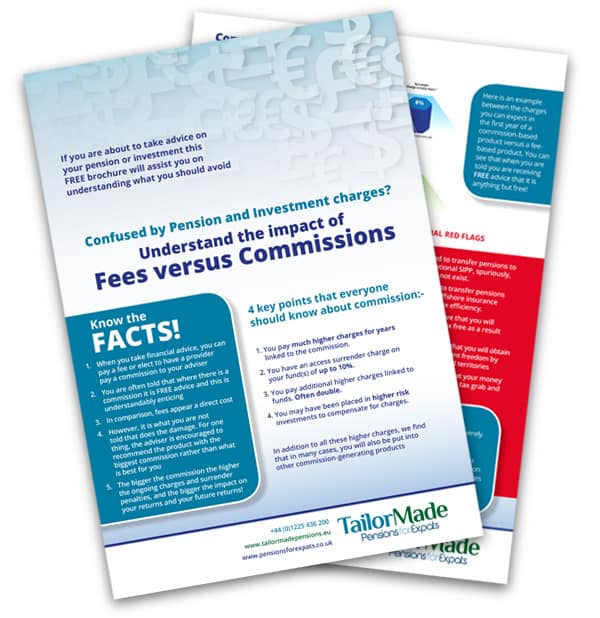
Free Stock photos by Vecteezy
Understand what you’re looking for
Interest rates rose sharply in 2022, causing annuity rates to jump 50% to hit a 14-year high, meaning a healthy 65-year-old can now receive £7,000 ($8,484) a year from a £100,000 ($122,000) retirement savings pot instead of £4,660 ($5,650). Because of this, annuity sales rose 13% in 2021-2022.
Do you need an annuity?
When considering annuities and whether a particular type of annuity fits your needs, do so in the context of all your retirement income, savings, investments, and assets, and determine which purpose each income stream will serve. You’ll probably already have one form of income—monthly payments from either Social Security or a government pension—and that might be enough to satisfy your need for lifetime guaranteed income.
Where do I start?
There are different types of annuities. Some come with many options to cover your individual needs. Some pay out for your entire lifetime, while others don’t. Some invest your money, allowing it to grow – or shrink – while others don’t. Some have management fees while others do not.
Here are a few questions to get you thinking about what might work best for you. Choosing an annuity is best done with your financial advisor, who should help you select a product that works best for your situation and avoids unnecessary fees up front and down the line.
Do I want a guaranteed income without risking any of my money?
You can choose to use your savings to buy an annuity that uses your lump sum to pay you a predetermined amount each month, with no surprises. This money is not invested in the market, so you don’t have to worry about market ups and downs in your later years.
Do I want to grow my money through market investment?
You can choose an annuity where your money is invested in the markets. This will allow your seed money to grow while you still receive your monthly payments. If the market falls, however; you could lose some of your nest egg. That’s the attraction / disappointment of investing in markets.
Some annuities will follow the market – but only to a point. There could be a cap on the amount your money earns, but there could also be a cap on the amount it could lose.
You should know that, generally, any growth of your original principal, when withdrawn, will be taxed as ordinary income and may be subject to an early withdrawal penalty if taken before age 59½.
What do I expect my money to pay for?
You could consider a strategy of blending a saved pension monthly drawdown or monthly Social Security benefit alongside a separate investment annuity. This is a take on a ‘diversified strategy’. You could use your Social Security or State Pension for your predictable living expenses, and use an invested annuity to deliver extra payments for discretionary expenses. You would have the peace of mind of knowing that your essential bills are not dependent on market swings.
Or, you could use a non-invested annuity to cover living expenses and let your other investments capture market gains or sustain losses. Here, you’d allocate a portion of your retirement savings to a fixed income annuity and invest the rest in a portfolio of investments.
You could combine the annuity payments with your Social Security or State Pension income if neither meets your financial needs alone.
Having a baseline of income from an annuity and income from your investments can provide the combination of protection, flexibility, and potential for growth you are looking for.
Do I want the option to change my mind about the annuity I choose?
Some annuities will allow you to change how and when you take money from the account. Others do not allow changes; you’re guaranteed the payments, but only as you’ve originally set them up. With these, you wouldn’t be able to access your cash in case of future emergencies.
Do I want some flexibility to access my money?
Many annuities offer an optional living benefit rider that allows you to withdraw money each year whenever you choose, after a set period of time determined by the rider. Often, depending on the contract, the rider stipulates that you can take a guaranteed withdrawal amount every year for as long as you, or you and your spouse, are alive.
Do I want to guarantee income for my life or my and my spouse’s life?
A joint-life annuity pays an income to your spouse or partner after your death, typically at a reduced rate. Their age and health will influence the rate offered.
A further option is to guarantee income is paid for a minimum of five or ten years, even if you die during this period. This feature is usually inexpensive.
Do I want my savings to keep up with future inflation?
Some annuities are designed for those who wish to have some protection from rising costs in the future – a hot topic right now.
However, with these annuities, your monthly income payment will start off significantly lower, and you may have to live for up to 20 years before breaking even.
When do I want my guaranteed monthly payments to begin and end?
One type of annuity can begin paying you a consistent amount each month soon after you buy it. The payments continue, typically for life, regardless of future interest rates or market performance.
While you gain the benefit of guaranteed monthly payments with this type of annuity, you give up access to your money and potential growth. You also accept that your purchasing power will decline over time (unless you pay extra for an inflation-adjustment option).
Another type of annuity allows you to choose a point in the future when you want the payments to start, generally from 13 months to 40 years from the initial purchase. This requires a smaller investment, and helps protect you against the risk of outliving your portfolio.
Do I know how much the annuity will cost?
Great question! Every type of annuity and every option can have fees associated with it.
The majority of annuities pay agents’ commissions. Insurance companies disclose the commission an agent earns in the crediting rate. Life insurance companies make this profit from selling, managing, and administering annuities. Usually, commissions comprise the total cost of buying an annuity.
There can also be administrative fees; surrender charges, if you take money outside of the contracted parameters; mortality expenses; rider costs; transfer charges; management fees; distribution charges; third-party transfer charges; contract fees; and redemption fees.
You must understand all the fees associated with the type of annuity you’re considering; your financial advisor should be open, honest, and clear about all expenses of the contract.
How do I find the best rate?
One of the biggest mistakes people make is not shopping around. They buy an annuity from their current financial manager, while other more appealing options are available through other companies.
A good adviser can scan the breadth and depth of the annuity market to find you the best rate and most appropriate product, offering you the peace of mind that you’ll be financially secure in later life.
Learn more about annuities here
The views expressed in this article are not to be construed as personal advice. You should contact a qualified and ideally regulated adviser in order to obtain up-to-date personal advice with regard to your own personal circumstances. If you do not then you are acting under your own authority and deemed “execution only”. The author does not accept any liability for people acting without personalised advice, who base a decision on views expressed in this generic article. Where this article is dated then it is based on legislation as of the date. Legislation changes but articles are rarely updated, although sometimes a new article is written; so, please check for later articles or changes in legislation on official government websites, as this article should not be relied on in isolation.
Related Stories:
- U.K. Annuities Are Popular Once Again
- Retirement Planning: Consider Cash Flow in Addition to Accumulation
- Retirement Planning Strategies- How Will You Pay Yourself ? Part 2
- US Social Security Rate Hike Biggest Since 1980s
- Pension Annuities
Share this story



